Blue Tit, Pimpelmees, Blaumeise, Chapim-azul, Herrerillo común
Spotted on our property Monte Horizonte in the Alentejo region of Portugal. Blue Tit sound
The Blue Tit, Cyanistes caeruleus, is a 10.5 to 12 cm (4.2 to 4.8 inches,) long passerine bird in the tit family Paridae. It is a widespread and common resident breeder throughout temperate and subarctic Europe and western Asia in deciduous or mixed woodlands. It is a resident bird, i.e., most birds do not migrate.
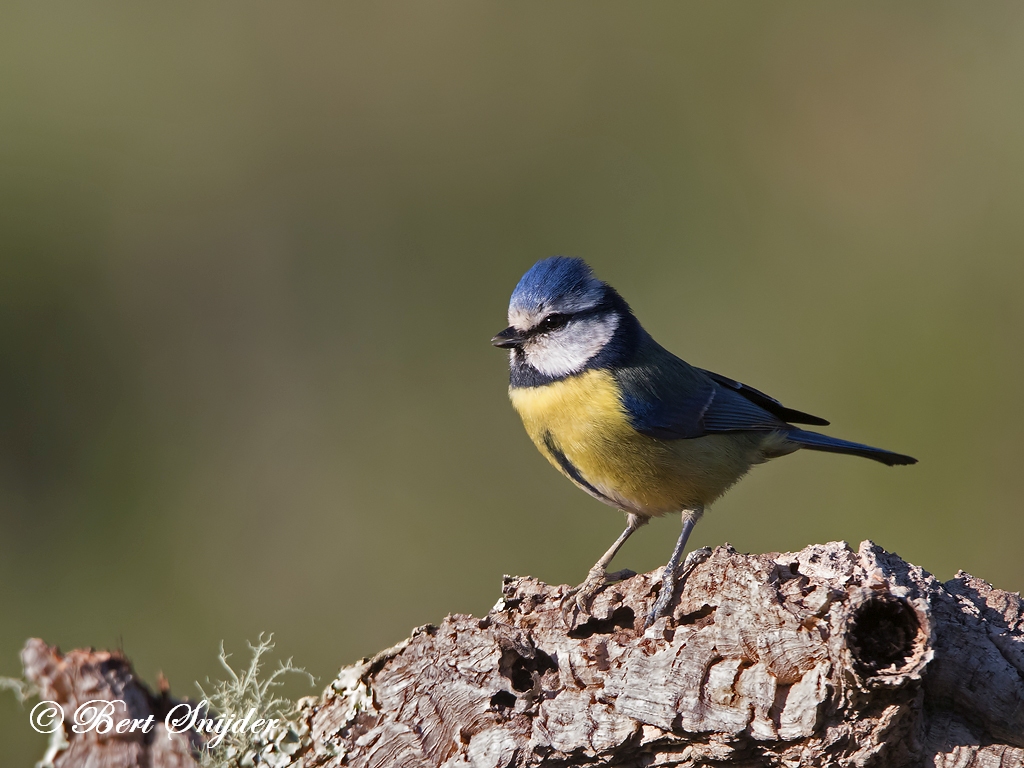
More photos at the bottom of this page:
This species was first described by Linnaeus in his Systema naturae in 1758 as Parus caeruleus.
Most authorities retain Cyanistes as a subgenus of Parus, but the British Ornithologists’ Union treats Cyanistes as a distinct genus. This is supported by mtDNA cytochrome b sequence analysis which suggests that Cyanistes in not only distinct, but not close to other titmice (Gill et al., 2005).
The two traditional subspecies found in the Canary Islands (teneriffae) and northwest Africa from northern Morocco to northern Libya (ultramarinus) are distinctive. The Canary Islands subspecies has a black cap, and the African form has a blue back. Research is underway to split these populations into distinct species, with a peculiar “leapfrog” distribution (Kvist et al., 2005; Kvist, 2006; Sangster, 2006):
Afrocanarian Blue Tit or Ultramarine Tit, Parus ultramarinus Bonaparte, 1841 (La Palma, Hierro, Fuerteventura, Lanzarote, NW Africa)
Canary Islands Blue Tit, Parus teneriffae Lesson, 1831 (Tenerife, La Gomera, Gran Canaria)
The former would contain three or four subspecies (palmensis, ombriosus and ultramarinus/degener), the latter the nominate P. t. teneriffae and the unnamed distinct form of Gran Canaria.
Pleske’s Tit (Cyanistes × pleskei) is a not uncommonly found hybrid between this species and the Azure Tit in western Russia.
The azure blue crown and dark blue line passing through the eye and encircling the white cheeks to the chin give the Blue Tit a very distinctive appearance. The forehead and a bar on the wing are white. The nape, wings and tail are blue; the back is yellowish green; the under parts mostly sulphur-yellow with a dark line down the abdomen. The bill is black, the legs bluish grey, and the irides dark brown. Young Blue Tits are noticeably more yellow. This is a common and popular European garden bird, due to its perky acrobatic performances when feeding on nuts or suet. It swings beneath the holder, calling tee, tee, tee or a scolding churr.
The song period lasts almost all the year round, but is most often heard during February to June.
Blue and Great Tits form mixed winter flocks, and the former are perhaps the better gymnasts in the slender twigs. A Blue Tit will often ascend a trunk in short jerky hops, imitating a Treecreeper. As a rule the bird roosts in ivy or evergreens, but in hard weather will shelter in a hole. Blue tits are very agile and can hang from almost anywhere.
The Blue Tit has an average life expectancy of 1.5 years
The Blue Tit is a valuable destroyer of pests, though it has not an entirely clean sheet as a beneficial species. It is fond of young buds of various trees, and may pull them to bits in the hope of finding insects. No species, however, destroys more coccids and aphids, the worst foes of many plants. It takes leaf miner grubs and green tortrix moths (Tortricidae). Seeds are eaten, as with all this family.
Many types of holes can be suitable.It will nest in any suitable hole in a tree, wall, or stump, or an artificial nest box, often competing with House Sparrows or Great Tits for the site. Few birds more readily accept the shelter of a nesting box; the same hole is returned to year after year, and when one pair dies another takes possession.
The bird is a close sitter, hissing and biting at an intruding finger. In the South West of England such behaviour has earned the Blue Tit the colloquial nick-name “Little Billy Biter”. When protecting its eggs it raises its crest, but this is a sign of excitement rather than anger, for it is also elevated during nuptial display. The nesting material is usually moss, wool, hair and feathers, and the eggs are laid in April or May. The number in the clutch is often very large, but seven or eight are normal, and bigger clutches are usually laid by two or even more hens.
An interesting example of culturally transmitted learning in birds was the phenomenon dating from the 1960s of Blue Tits teaching one another how to open traditional British milk bottles with foil tops to get at the cream underneath. This behaviour has declined recently because of the trend toward buying low-fat (skimmed) milk, and the replacement of doorstep delivery by supermarket purchases of milk.
Blue Tit populations often decrease considerably during harsh winters or after poor breeding seasons where the weather is cold and wet, particularly if this coincides with the emergence of the caterpillars on which the nestlings are fed.
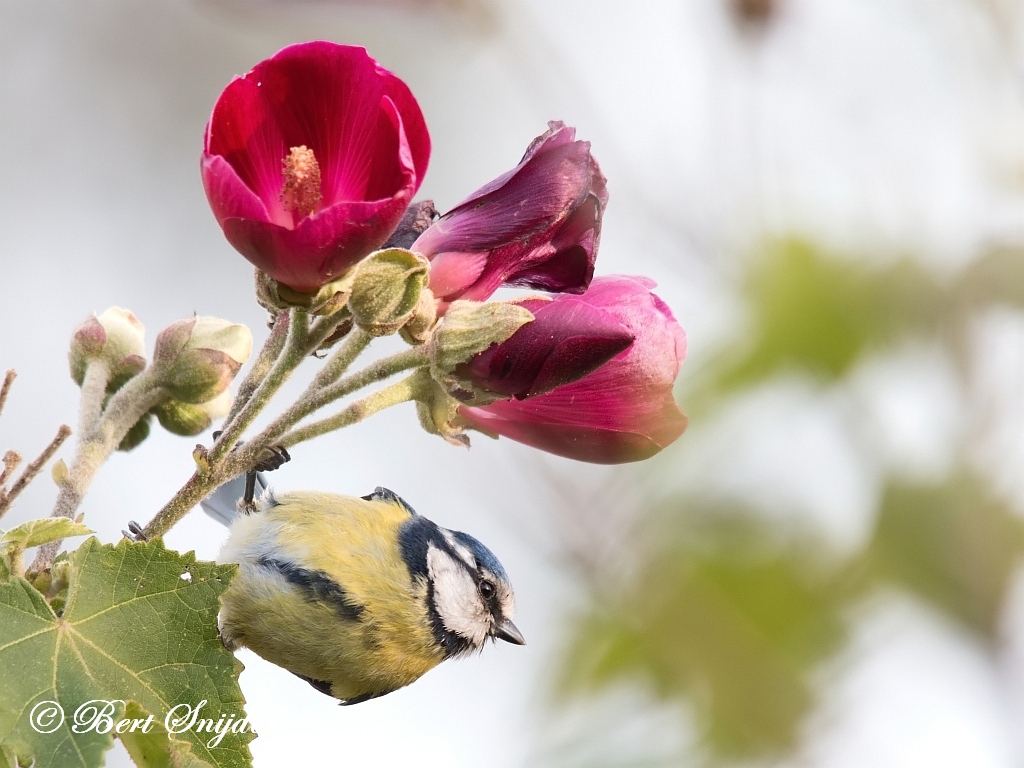
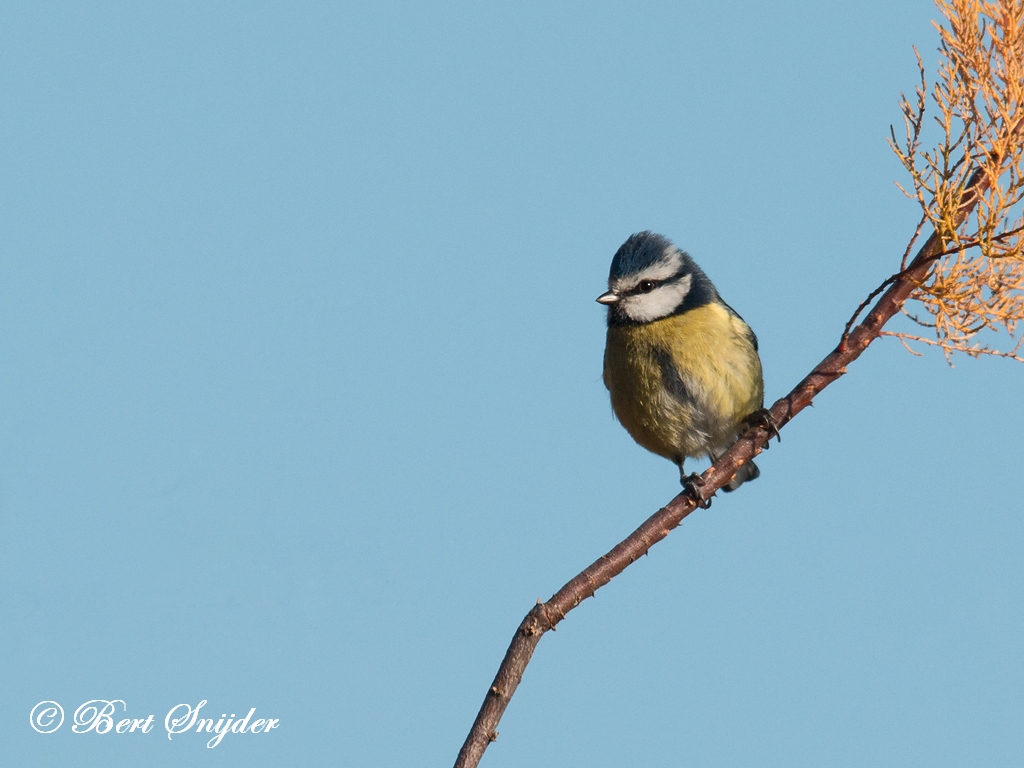
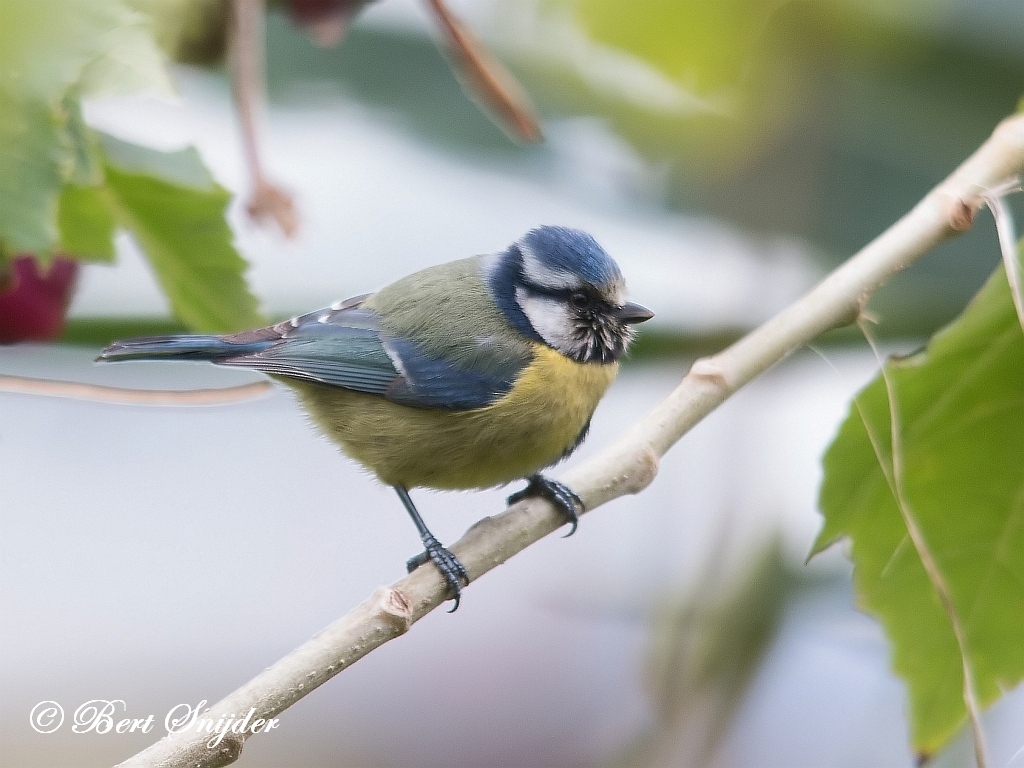
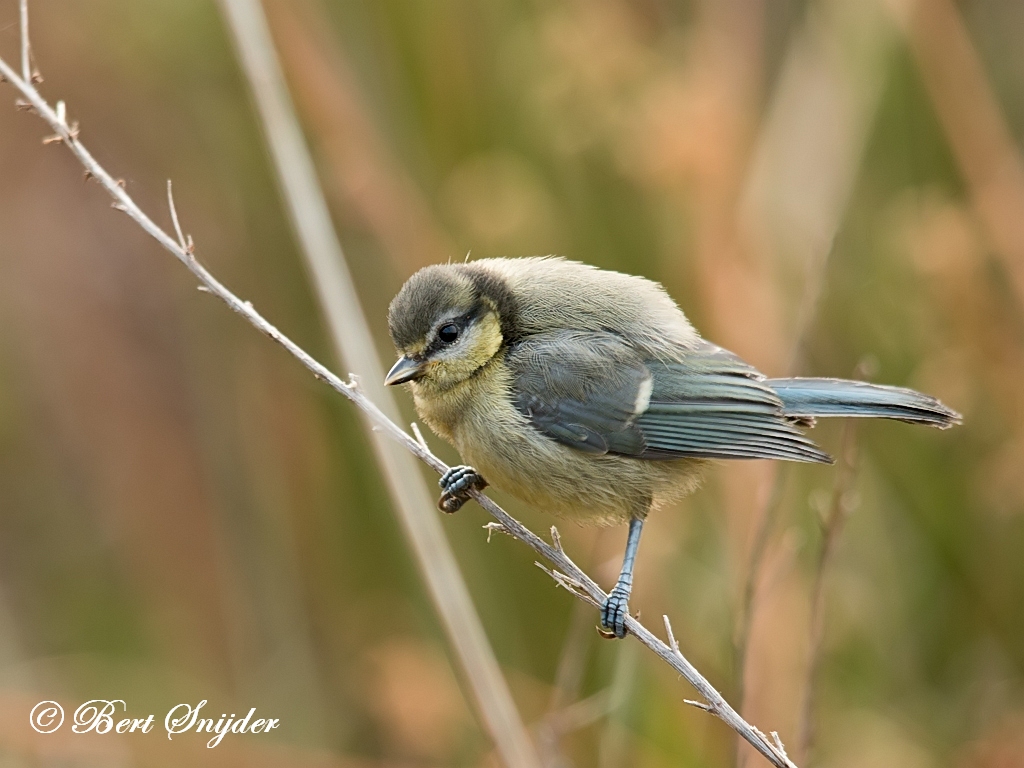
Other synonyms
Asturian: Ferreirín, Ferrerín
Breton: Ar galvennig
Catalan: Ferrerico blau, Mallerenga blava
Catalan (Balears): Ferrerico blau
Czech: Sýkora modrinka
Welsh: Glas bach y wal, Glas dwl, Glas y pared, Pela glas bach, Perla, Titw tomos las, Yswidw las fach, Yswigw
Danish: Blåmejse
German: Blaumeise, Blaumeise-caeruleus
English: Blue tit, Common Blue Tit, Eurasian Blue Tit, Eurasian Blue-Tit, European Blue Tit
Esperanto: blua paruo
Spanish: Carbonero garrapinos, Herrerillo Comun, Herrerillo Común
Estonian: Sinitihane
Basque: Amilotx urdina, Mallerenga blava
Finnish: Sinitiainen
Faroese: Blátita, blátíta
French: Mésange bleue
Irish: Meantán Gorm
Gaelic: Cailleachag a’ Chinn Ghuirm, Cailleachag Cheann Ghorm
Galician: Ferreiriño azul, Mallerenga blava
Manx: Drean Gorrym
Croatian: Plavetna Sjenica
Hungarian: Kék cinege
Icelandic: Blámeisa
Italian: Cinciarella, Cinciarella europea
Japanese: aogara
Cornish: Pen-paly
Latin: Cyanestes caeruleus, Cyanistes caeruleus, Cyanistes caeruleus caeruleus, Parus caeruleus, Parus caeruleus caeruleus
Lithuanian: Melynoji zyle
Maltese: Primavera
Dutch: Pimpelmees
Norwegian: Blåmeis
Polish: Modraszka, modraszka (zwyczajna), modraszka zwyczajna, Modraszka zwyczjna, Sikora modra
Portuguese: chapim azul, Chapim-azul
Romansh: Maset blau
Northern Sami: Alitoai’gaccet
Slovak: Sýkorka belasá
Slovenian: modra sinica, plavcek
Albanian: Trishtili i kaltër
Serbian: plava sjenica, sjenica plavic
Swedish: Blåmes
Birdwatching in the Alentejo region of Portugal